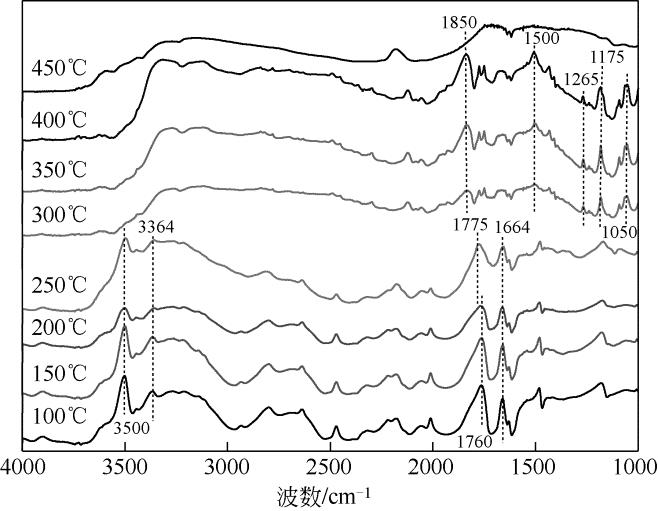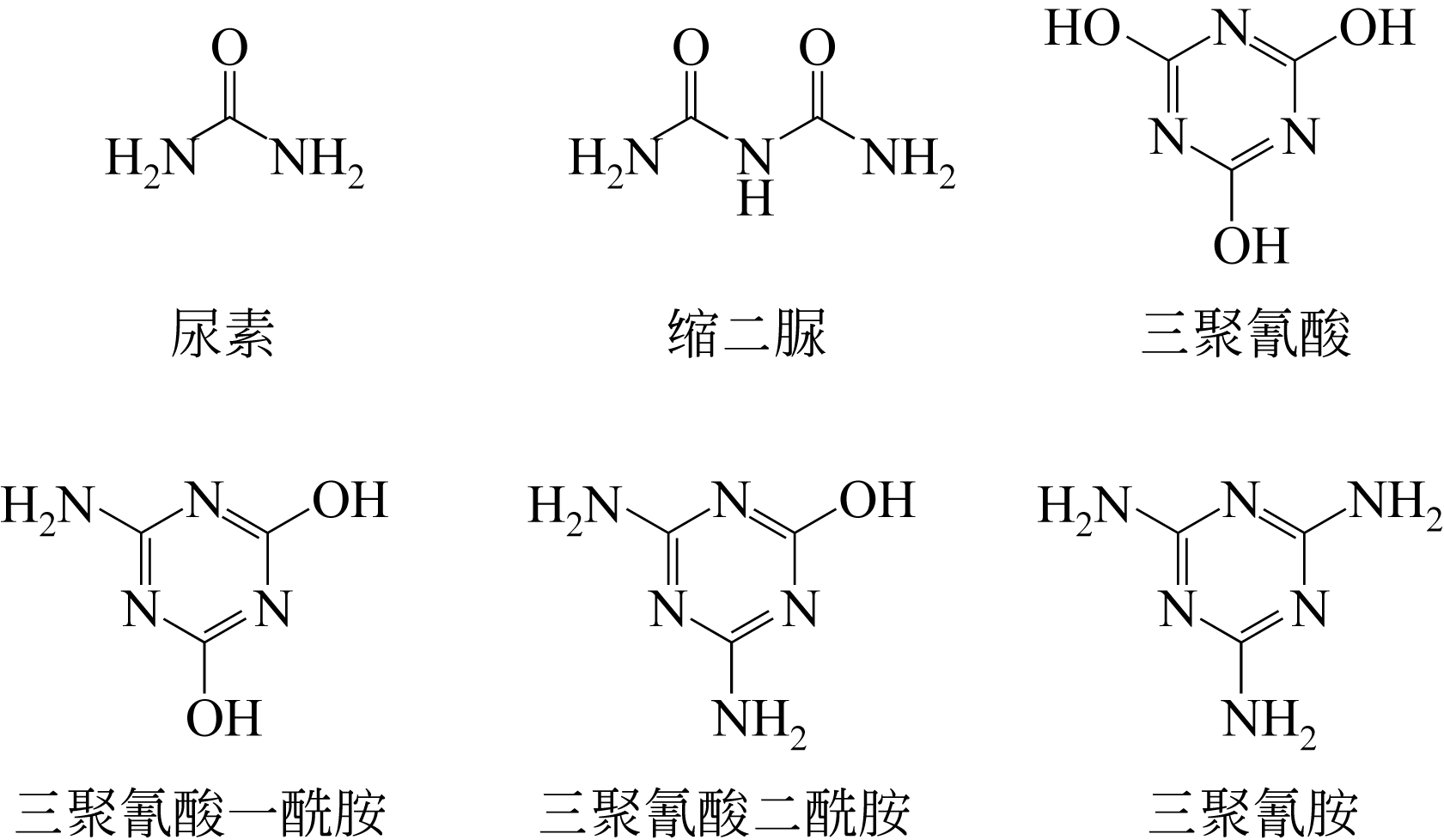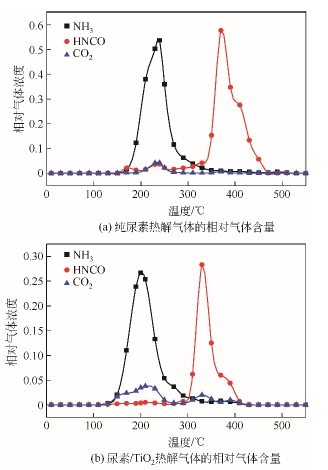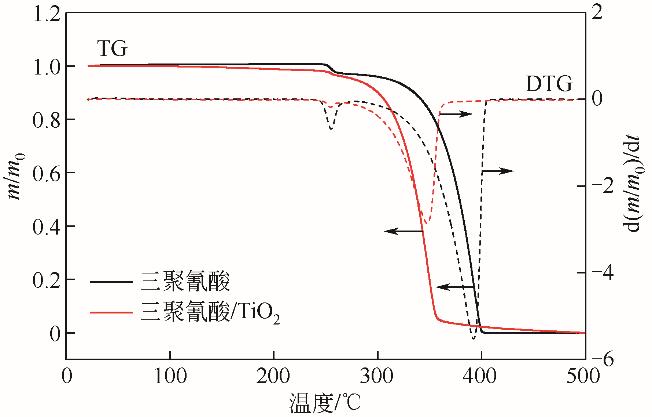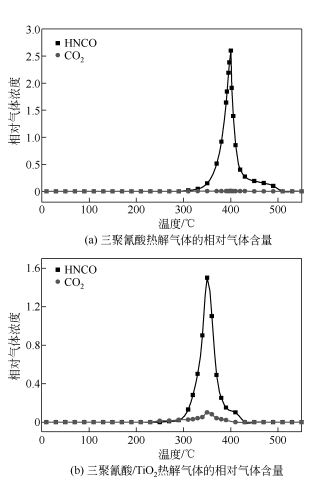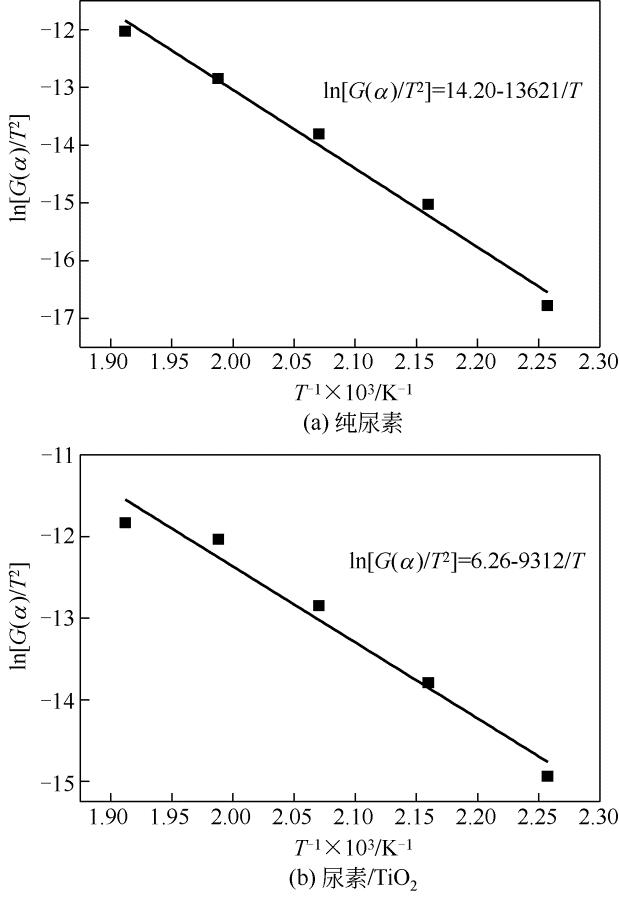| 1 |
FORZATTI P . Present status and perspectives in de-NO x SCR catalysis[J]. Applied Catalysis A: General, 2001, 222(1/2): 221-236.
|
| 2 |
OGIDIAMA O V , SHAMIM T . Performance analysis of industrial selective catalytic reduction (SCR) systems[J]. Energy Procedia, 2014, 61: 2154-2157.
|
| 3 |
SCHABER P M , COLSON J , HIGGINS S , et al . Thermal decomposition (pyrolysis) of urea in an open reaction vessel[J]. Thermochimica Acta, 2004, 424(1): 131-142.
|
| 4 |
刘成武, 刘政修, 王力彪, 等 . 脱硝尿素热解系统沉积物形成原因分析及对策[J]. 热力发电, 2013, 42(3): 53-57.
|
|
LIU C W , LIU Z X , WANG L B , et al . Deposit formation in denitration urea pyrolysis system:cause analysis and countermeasures[J]. Thermal Power Generation, 2013, 42(3): 53-57.
|
| 5 |
KLEEMANN M , ELSENERl M M , KOEBEL A , et al . Hydrolysis of isocyanic acid on SCR catalysts[J]. Industrial & Engineering Chemistry Research, 2000, 39(11): 4120-4126.
|
| 6 |
KRÖCHER O , ELSENER M . Materials for thermohydrolysis of urea in a fluidized bed[J]. Chemical Engineering Journal, 2009, 152(1): 167-176.
|
| 7 |
BERNHARD A M , PEITZ D , ELSENER M , et al . Catalytic urea hydrolysis in the selective catalytic reduction of NO x : catalyst screening and kinetics on anatase TiO2 and ZrO2 [J]. Catalysis Science & Technology, 2013, 3(4): 942-951.
|
| 8 |
BERNHARD A M , PEITZ D , ELSENERl M , et al . Hydrolysis and thermolysis of urea and its decomposition byproducts biuret, cyanuric acid and melamine over anatase TiO2 [J]. Applied Catalysis B: Environmental, 2012, s115/116(15): 129-137.
|
| 9 |
BERNHARD A M , CZEKAI I , ELSENER M , et al . Adsorption and catalytic thermolysis of gaseous urea on anatase TiO2, studied by HPLC analysis, DRIFT spectroscopy and DFT calculations[J]. Applied Catalysis B: Environmental, 2013, s134/135: 316-323.
|
| 10 |
FANG H L , DACOSTA H F M . Urea thermolysis and NO x , reduction with and without SCR catalysts[J]. Applied Catalysis B: Environmental, 2003, 46(1): 17-34.
|
| 11 |
BRACK W , HEINE B , BIRKHOLD F , et al . Kinetic modeling of urea decomposition based on systematic thermogravimetric analyses of urea and its most important by-products[J]. Chemical Engineering Science, 2014, 106(6): 1-8.
|
| 12 |
EICHELBAUM M , FARRAUTO R J , CASTALDI M J . The impact of urea on the performance of metal exchanged zeolites for the selective catalytic reduction of NO x : Part I. Pyrolysis and hydrolysis of urea over zeolite catalysts[J]. Applied Catalysis B: Environmental, 2010, 97(1): 90-97.
|
| 13 |
高俊华, 邝坚, 宋崇林, 等 . 国Ⅳ柴油机SCR后处理系统结晶体成分分析[J]. 燃烧科学与技术, 2010, 16(6): 547-552.
|
|
GAO J H , KUANG J , SONG C L , et al . Components of crystal from SCR system of a diesel engine compliant with china stage IV emission standard[J]. Journal of Combustion Science & Technology, 2010, 16(6): 547-552.
|
| 14 |
RANGEL L S , ROSA J R D L , ORTIZ C J L , et al . Pyrolysis of urea and guanidinium salts to be used as ammonia precursors for selective catalytic reduction of NO x [J]. Journal of Analytical & Applied Pyrolysis, 2015, 113: 564-574.
|
| 15 |
DÉSILETS S , BROUSSEAU P , CHAMBERLAND D , et al . Analyses of the thermal decomposition of urea nitrate at high temperature[J]. Thermochimica Acta, 2011, 521(1): 59-65.
|
| 16 |
BRILL T B , ARISAWA H , BRUSH P J , et al . Surface chemistry of burning explosives and propellants[J]. Journal of Physical Chemistry, 1995, 99(5): 1384-1392.
|
| 17 |
LUNDSTRÖM A , SNELLING T , MORSING P , et al . Urea decomposition and HNCO hydrolysis studied over titanium dioxide, Fe-beta and γ-alumina[J]. Applied Catalysis B: Environmental, 2011, 106(3/4): 273-279.
|
| 18 |
CZEKAJ I , KRÖCHER O . Decomposition of urea in the SCR process: combination of DFT calculations and experimental results on the catalytic hydrolysis of isocyanic acid on TiO2, and Al2O3 [J]. Topics in Catalysis, 2009, 52(13-20): 1740-1745.
|
| 19 |
ALSHEHRI S M , AL-FAWAZ A , AHAMAD T . Thermal kinetic parameters and evolved gas analysis (TG-FTIR-MS) for thiourea-formaldehyde based polymer metal complexes[J]. Journal of Analytical & Applied Pyrolysis, 2013, 101(5): 215-221.
|
 ),Zhaoping ZHONG1(
),Zhaoping ZHONG1( ),Haoran DU1,Daijun PENG2
),Haoran DU1,Daijun PENG2
